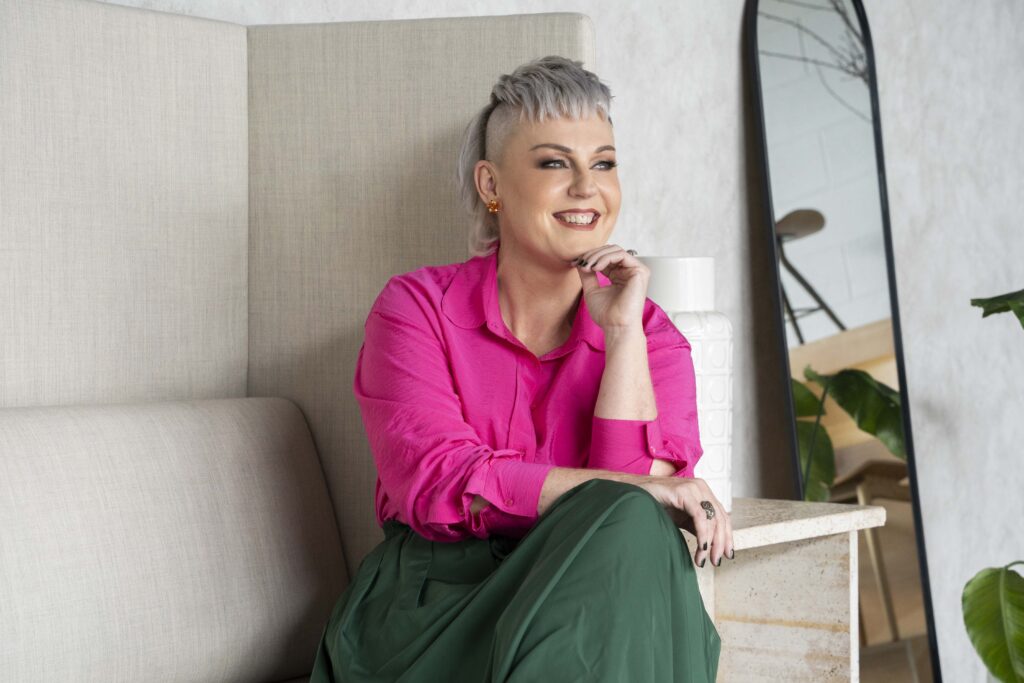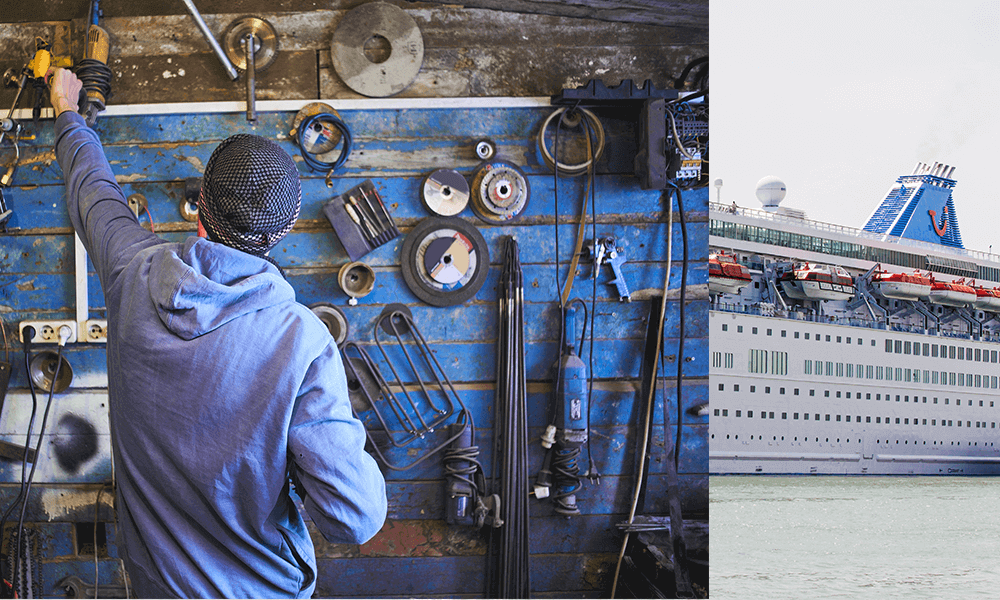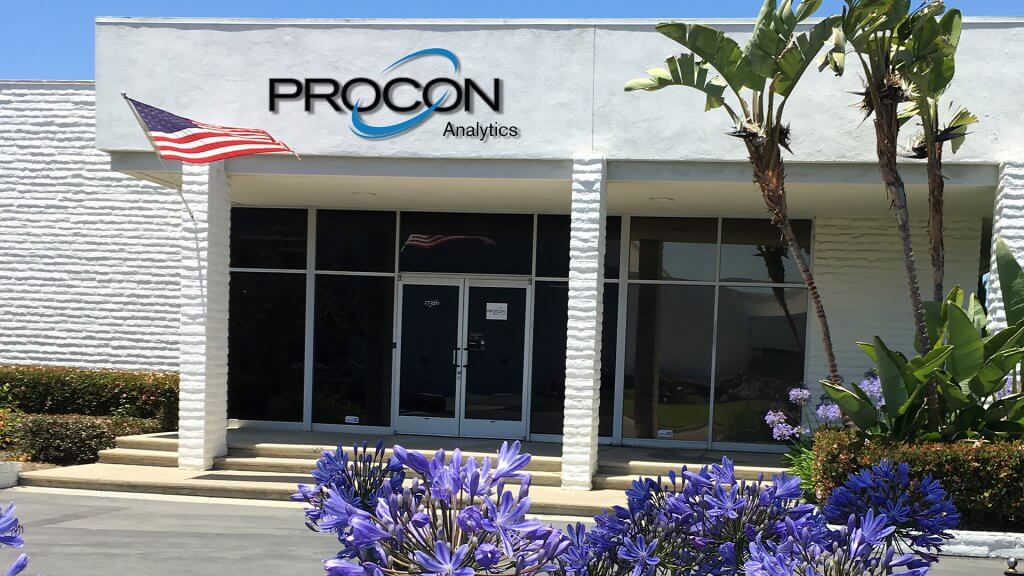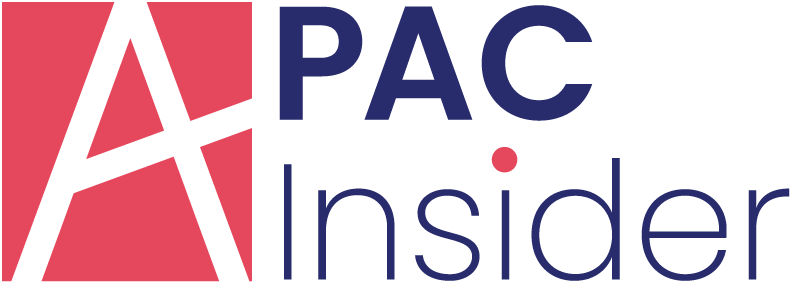
By Gabrielle Browne Founder of Dynamic Unicorns
When people say “innovation,” most minds jump to technology—apps, AI, algorithms, and maybe something about blockchain. But if innovation was just about tech – let’s be honest, we’d be riding hoverboards and drinking coffee made by robots with perfect emotional intelligence.
Real innovation is about how you think. It’s about being willing to question the obvious or expected, to challenge what everyone else accepts as “just the way it is.” It’s perspective first, thinking outside the box – rather than just following tech trends.
That perspective is something I’ve honed over more than 30 years, across industries that have nothing in common on the surface – textile manufacturing, fashion, product design, UI/UX, even animal medical technology. What ties it all together isn’t the sectors or the tools, it’s the mindset: curiosity, creativity, finding fresh ways to solve old problems, and an itch to do things better, or at least differently.
Creativity is Serious Business
One thing I believe is that creativity is underrated in business. People think it belongs in art studios and brainstorming sessions. But the best operators I’ve worked with use creativity as a core competency.
That might mean solving a logistical problem by flipping the supply chain model, or designing a better customer experience by questioning why we make people click through five steps to get what they need. It’s less about paint-splattered ideas and more about designing smart, human solutions to real problems.
I believe that the best solutions come from imagining new possibilities, and then figuring out if and how technology can support that vision or solution. If you want to innovate, ask better questions to understand real needs, before you rush to answers.
Get Uncomfortable, Stay Original
A lot of innovation gets buried under the pressure to “do things properly.” I’ve seen businesses – great businesses – hold onto clunky systems or outdated strategies simply because it felt safer than stepping into the unknown. But discomfort is a clue.
That edge-of-your-seat feeling that something’s not quite right—that’s where new ideas live. You’ve got to be willing to get uncomfortable to make space or possibility. Instead of always asking, “How do we do this?”, try asking, “What if we didn’t?” That simple shift in thinking can crack open entirely new paths.
We all know the biggest lessons (and sometimes the best breakthroughs) come from what didn’t go to plan. Mistakes, missteps, moments of doubt all feed innovation if you’re paying attention.
This is where individuality comes in; your uniqueness is a business asset, not a liability. Yet founders are constantly nudged to follow frameworks, mimic success stories, and squeeze themselves into someone else’s strategy. But what works brilliantly for one business might be a terrible fit for another.
The real challenge (and real magic) is figuring out what fits you. And then building a model that supports that, even if it looks nothing like what’s expected.
When you’re working with limited resources – bootstrapping, running lean, or just starting out, the last thing you need is a cookie-cutter approach. You need to be scrappy, instinctive, and a little bit rebellious. Make bold calls. Build systems that flex around your vision, not the other way around.
Entrepreneurs who go the distance lean into discomfort, challenge the status quo, and back themselves – especially when it’s not the popular choice.
Long-Term Thinking is the Real Innovation
Quick wins motivate, but I’m not a fan of them unless they’re part of something bigger; innovation that doesn’t lead to sustainable impact is just noise. Innovation should create lasting benefits rather than short-term successes.
Yes, businesses need to move fast. Yes, you have to be agile. But it’s a mistake to confuse speed for strategy. The most powerful changes I’ve seen have come from founders who knew how to zoom out, see the bigger picture, and make decisions that support growth and longevity. The real value of innovation lies in making a positive and enduring impact.
It’s a Process, Not a One-Off
Innovation happening in a moment of genius is a myth. It doesn’t. It happens over time, through discovery, adaptation, progress, and the occasional mess.
It’s a process of tuning in, testing things, and being willing to try again when it doesn’t quite land. If you’re doing it right, it’s never really finished.
So wherever you are in your business journey—starting out, scaling up, or even starting over—try shifting the question. Ask, “What could I do differently?” Create space where experimentation, collaboration and challenging the status quo becomes the norm.
Innovation might be a new system, a shift in mindset, or simply dropping a habit that’s no longer serving you. It might be swapping out perfectionism for momentum. It might be trusting yourself more than the playbook.
Because ultimately, the future isn’t just built by the people with the fanciest tools—it’s built by those who think differently enough to imagine something better.





















